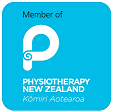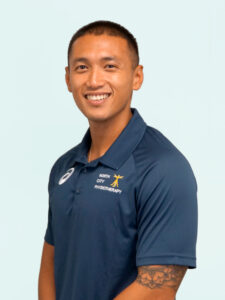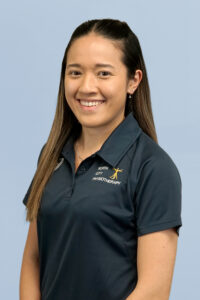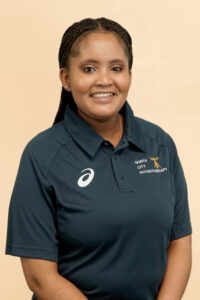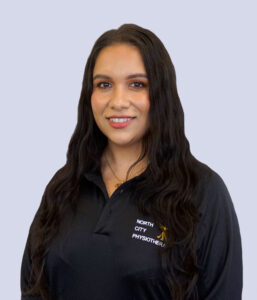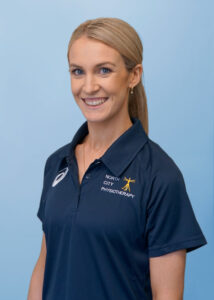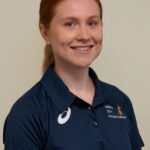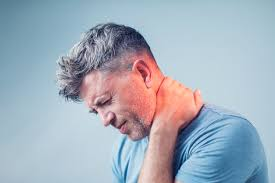
A cervicogenic headache is simply another name for a headache which originates from the neck. It is one of the most common types of headache and although this type of headache can occur at any age, it is most commonly seen in patients between the ages of 20 and 60.
Cervicogenic headaches are often called secondary headaches because they originate from a primary underlying neck disorder, frequently with nerve irritation. The good news is that by fixing your neck problem, your headache can be alleviated. Research has shown that upwards of 22% of all headaches seen clinically are cervicogenic.
The upper part of your neck consists of cervical vertebra which support the skull, and weight of your head, as well as being responsible for movements like flexing and extending your neck (looking up and down), as well as rotating your neck by looking left and right. Any dysfunction in the vertebral joints of the upper neck can limit the range of motion or fluidity of movement and result in nerve irritation. This could include the ligaments, tendons, and muscles that attach to the vertebra or even the cartilage discs between the vertebra. Commonly a history of neck injury, especially whiplash, is found in people who suffer from cervicogenic headaches; although a traumatic injury is not necessary to cause damage to the neck structures. Repetitive or sustained poor postures can over time, also ‘damage’ these structures. The pain associated with this condition is an example of referred pain. This is where pain arises from a different source,in this case the neck. This occurs because the nerves that supply the upper neck also supply the skin overlying the head, forehead, jaw line, back of the eyes and ears. As a result, pain arising from structures of the upper neck or irritation of the nerves in this region, may refer pain to any of these regions, thereby causing a cervicogenic headache.
Your headache can also be referred pain from surrounding muscles of your upper neck, the front and back of your neck. These muscles commonly refer pain to the temples and side of the head.
Muscle spasm, weak or overloaded muscles from sustained poor postures can result in them developing trigger points and referring pain to the head and face.
HOW CAN WE HELP?
Although this type of headache may respond to medication including analgesics, anti-inflammatories, stronger opioid-based medication, even nerve blocking injections – these drugs usually treat the symptoms of the headache and not the primary underlying cause.
Unless the origin of the headache i.e. the upper neck dysfunction, is treated and corrected, the headache will return in time. Physical therapy treatment will focus on the soft tissue and joint restrictions in the upper neck as well as areas like the front of the neck and upper back area. It may also involve some exercises to strengthen weak muscles and stretch tight muscles.
Treatment includes:
- Cervical spine (neck) manipulations and mobilisations
- Myofascial release (a type of deep massage) to release tight structures and muscles in spasm
- Trigger point therapy to release restricted tight muscles
- Strengthening exercises of the deep neck flexors and upper back muscles
- Thoracic spine (upper back) mobilisation and manipulation
- Posture correction and re-education of postural muscles
- Treatments may also include the use of acupuncture or dry needling, postural taping or bracing
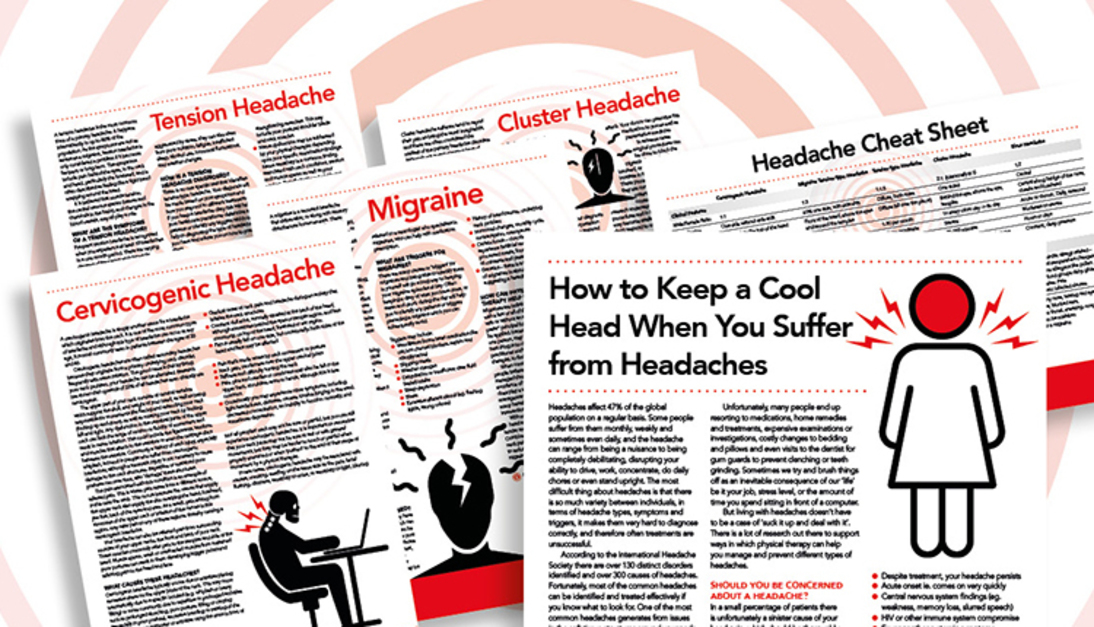
Are you after more information on headahces? Did you know that nearly half the global population suffer from regular headaches?
And that more than 130 different headaches have been classified and more than 300 triggers identified?
Or that you can suffer from more than one type of headache simultaneously?
What many people also don’t realise, is that there’s a lot that we, as physiotherapists, can do to help reduce and even eliminate the occurrence of headaches, both in the short as well as the long term.
Two of the most common types of headache, tension-type headaches and cervicogenic headaches (originating from the neck) are frequently caused by issues in your muscles and joints.
Some could be due to postural issues or characteristics of your job, daily activities or even old injuries.
What we do know, is that if you can successfully diagnose the type of headache you’re experiencing, there’s a significantly greater chance of being able to treat it successfully and potentially prevent it happening in the future.
If you would like to learn more about headaches do check out all our resources here


